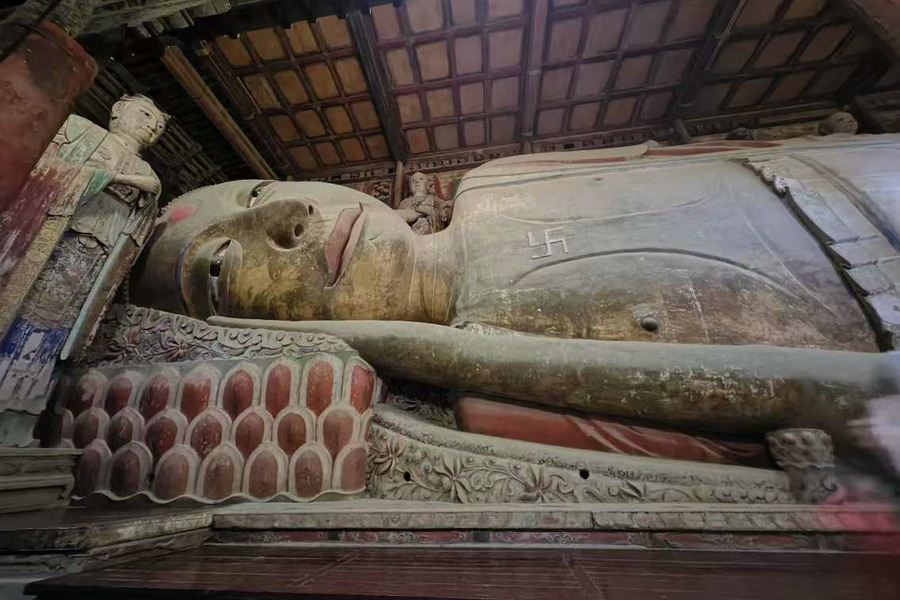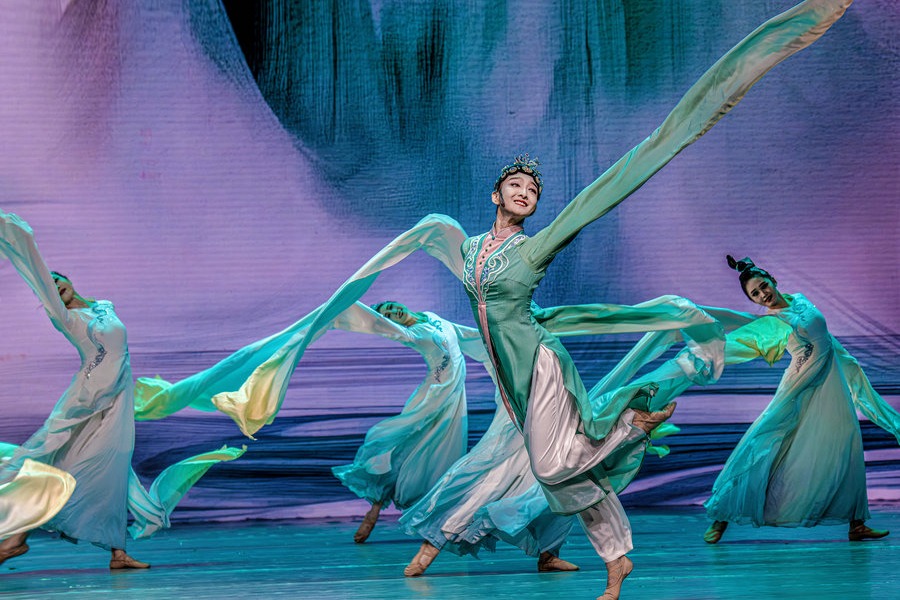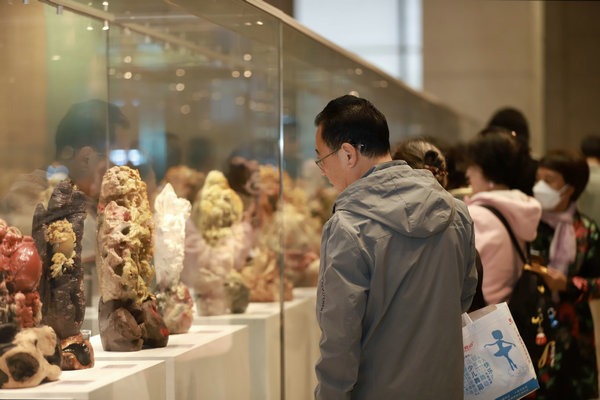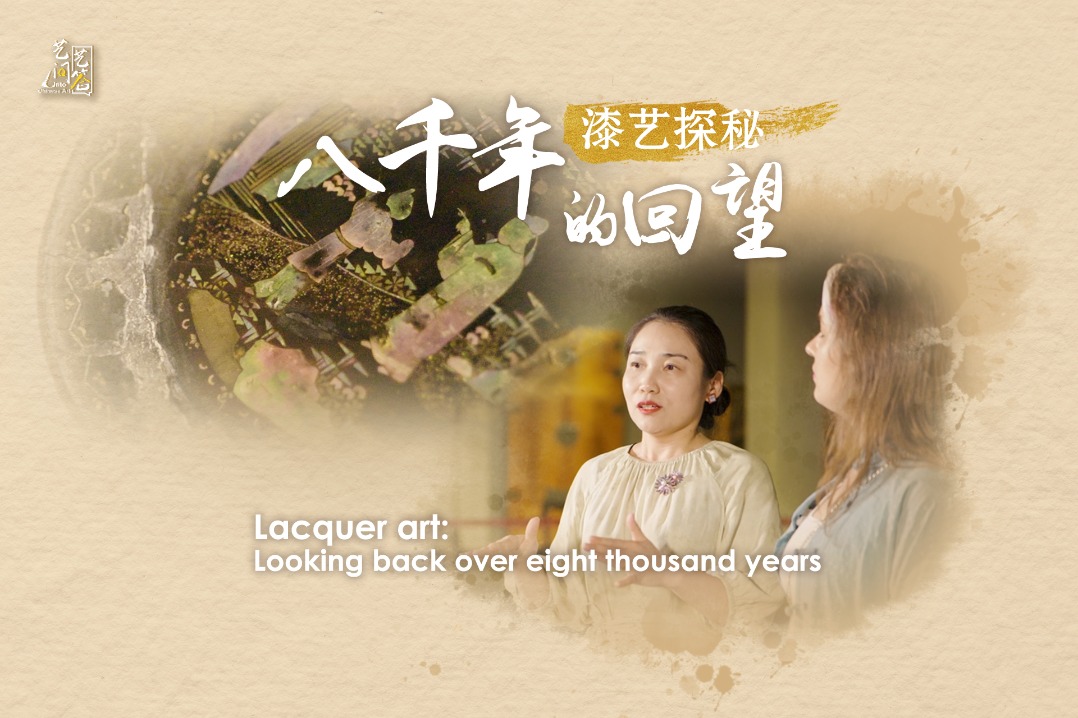Almanacs highlight national progress in academic fields


Twenty-four almanacs covering topics including archaeology, Chinese borderland studies, literature and philosophy, were released by the Chinese Academy of Social Sciences recently.
The books were published between the latter half of 2022 and the first half of this year. The academy has been compiling almanacs for four decades, with the latest batch on various disciplines and academic fields released on Sept 21.
With more than 400 yearbooks covering 38 disciplines and academic fields published as of August 2023, the academy has provided quality academic public information to philosophy and social sciences circles, said Hu Bin, director of the academy's Bureau of Scientific Research Management.
Chen Xingcan, director of the academy's Institute of Archaeology and head of the editorial board of the Almanac of Archaeology in China, said the yearbook on his discipline can be viewed as a chronicle of Chinese archaeology. It has been published 38 times since 1984 and helped readers build a comprehensive understanding of the field of study.
The compilation of the almanacs of the years 2021 and 2022 has been supported by 120 archaeological excavation and teaching units, he said.
The Almanac of Archaeology in China highlights discoveries Chinese archaeologists have made at home and abroad, and provides an overview of academic progress in chronicling periods from the Paleolithic era to the Ming (1368-1644) and Qing (1644-1911) dynasties.
It also looks at advances in research on oracle bones and inscriptions on other cultural relics, as well as multiple subdisciplines, such as the history of archaeology and archaeological technologies. In addition, the almanac pays tribute to prominent archaeologists who passed away in the year of publication.
The yearbook also includes a bibliography of literature, published in major academic journals, including that from Hong Kong, Macao and Taiwan.
Chen said the review reflects the development of Chinese archaeology. For example, the overview of studies of the Neolithic period traces the origins of Chinese civilization and metallurgy and handicrafts of that time. It also focuses on the chronology of the period and interactions between tribes and civilizations.

There is also a summary of archaeology education that includes the number of students majoring in the discipline, and information on master's and doctoral dissertations. These details are direct representations of the discipline's recent progress, Chen said.
Zhang Bojiang, director of the academy's Institute of Linguistics and editor-in-chief of the Almanac of Chinese Linguistics, said their yearbook faithfully records the annual academic development of each branch of linguistics.
When the linguistics almanac was founded in 1992, the late master linguist Lyu Shuxiang, then aged 88, outlined the style for the yearbook. The linguistic almanac continued to be compiled until the beginning of this century. Publication was then suspended and resumed last year, Zhang said.
Linguistics is a mature subject whose academic advancement, similar to that of natural sciences, largely relies on tracking the lineage of previous big issues. Subdisciplines should also scrutinize their own progress and compare and coordinate with others to better recognize frontier academic problems that need to be solved.
Such needs reflect the significance of the updated almanac on linguistics, said Zhang, who added it also represents the foresight and authoritative assessment of the academic development of linguistics in China.

Zhao Jianying, head of the China Social Sciences Press, the publisher of the books, said that over the past decade, the almanacs have been recording the development of social sciences in the new era. "They show the evolution of academic thought and play a key role in ideological guidance and cultural support," Zhao said.
Compiling the almanacs is a test of the staff's academic vision and ability to make evaluations, he said.
Zhao added that the press is making efforts in digitizing the almanacs and also publishing foreign-language editions of them.
fangaiqing@chinadaily.com.cn




































